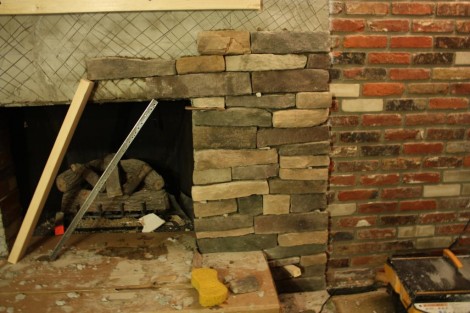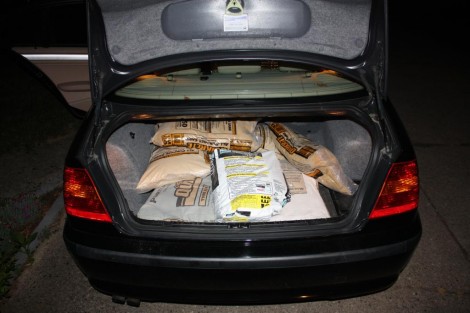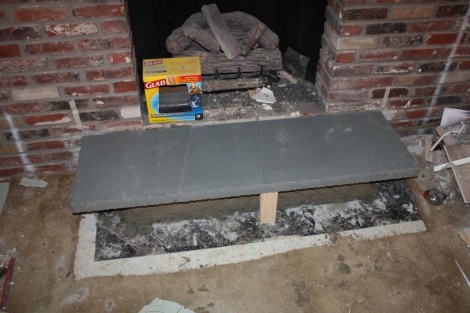After much preparation, (picking the stone, getting the stone, lathe, scratch coat…) we finally started putting up the stone yesterday. We started by laying out about half of the stone on the floor. This way there were plenty to pick from, as well as mixing the different boxes (which could vary in color) together. Then we started what is basicly a giant jigsaw puzzle. Since the stones can’t really be cut (unless the end isn’t going to be seen) each stone must be fitted perfectly into place. We had decided to do a ‘Dry Stacked’ layout, where there is no mortar in between the stones, so the gaps have to be as small as possible. Jess did most of the stone picking while I spent most of the time buttering and placing the stones. In this fashion we were able to get this much done in an hour or two.
Categories
Links
Projects
March 2025 M T W T F S S 1 2 3 4 5 6 7 8 9 10 11 12 13 14 15 16 17 18 19 20 21 22 23 24 25 26 27 28 29 30 31


